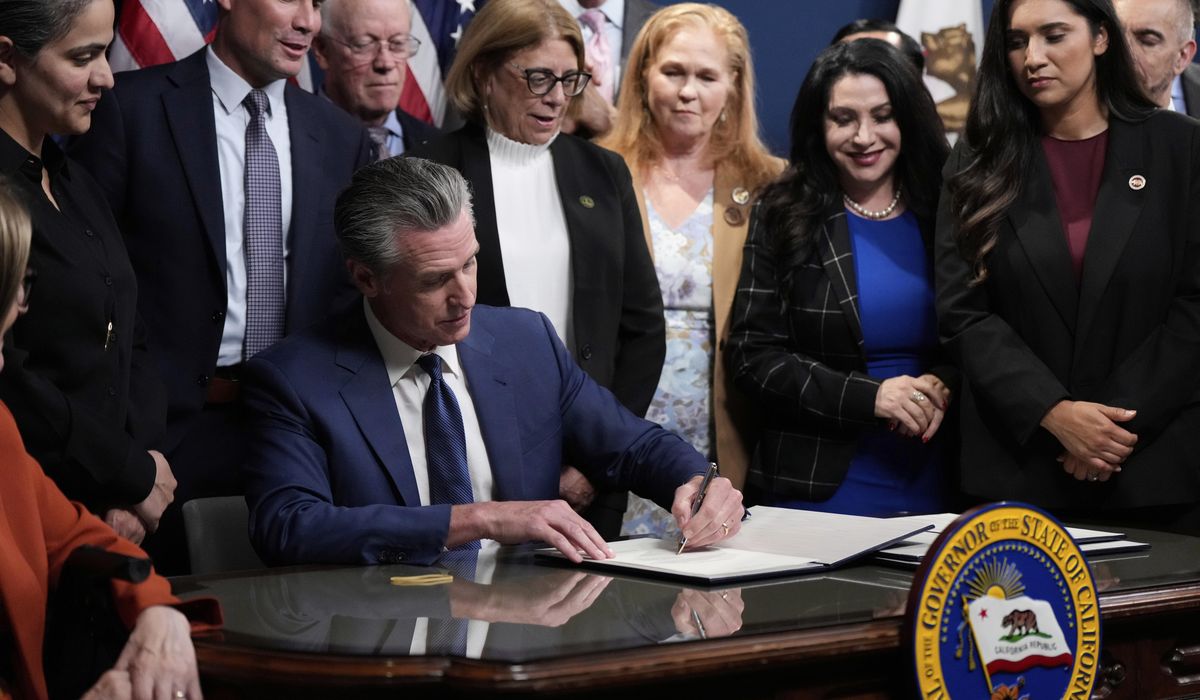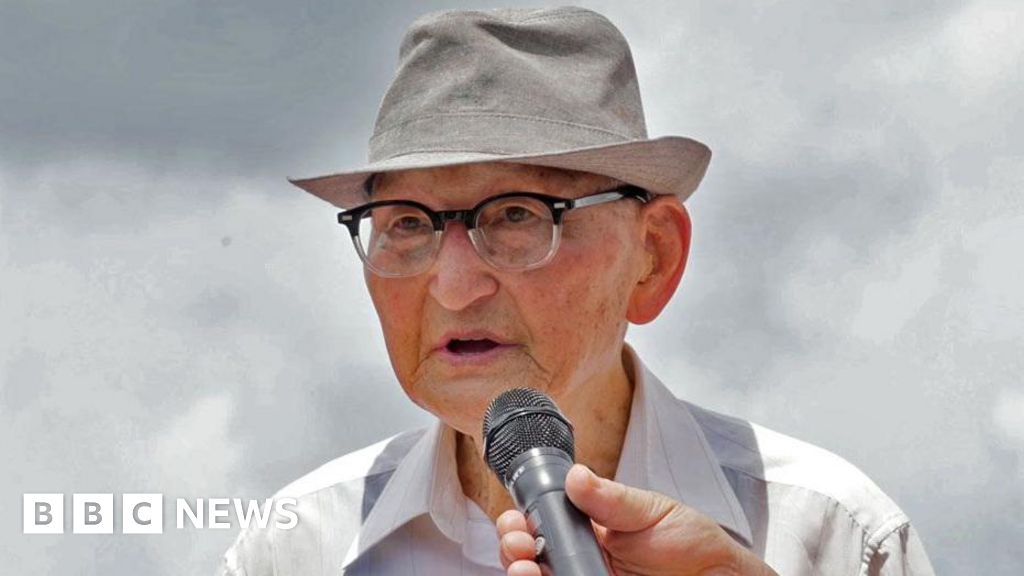ARTICLE AD BOX
The Supreme Court issued a mixed ruling Thursday for President Trump, finding that the administration went too far in its new rules barring NIH from approving research grants infected by diversity, equity and inclusion principles — but allowing the agency to plow ahead with the grants it already terminated.
The justices, in a complicated ruling, upended a lower court ruling that had both halted the new guidance and ordered the canceled grants to be restored.
The high court said the judge had the power to decide on the guidance, but he didn’t have jurisdiction over the terminated grants themselves. Those must be fought over in a separate federal claims court.
Four justices would have upheld the lower judge completely and four would have stayed both parts of his ruling.
That left Justice Amy Coney Barrett, a Trump appointee, in the middle, finding that District Judge William G. Young had jurisdiction over the policy itself but not the calls to restore the grants.
“As today’s order states, the district court likely lacked jurisdiction to hear challenges to the grant terminations, which belong in the Court of Federal Claims,” she said. “In my view, however, the government is not entitled to a stay of the judgments insofar as they vacate the guidance documents.”
The case hinged on the Administrative Procedure Act, which is a major law governing agencies’ decision-making. Under the APA, an agency must be reasoned and cannot be “arbitrary and capricious.”
Judge Young has said the National Institutes of Health didn’t properly define DEI, so its guidance didn’t pass APA muster.
Justice Neil M. Gorsuch, a Trump appointee, said the judge was defying a previous Supreme Court ruling that allowed the Education Department to terminate grants. That ruling found that the question belonged in the claims court, not the regular district courts.
He chided Judge Young for citing the dissent in the Education Department case as authority.
“That was an error,” Justice Gorsuch said.
“If nothing else, the promise of our legal system that like cases are treated alike means that a lower court ought not invoke the ‘persuasive authority’ of a dissent or a repudiated court of appeals decision to reach a different conclusion on an equivalent record,” he scolded.
But Chief Justice John G. Roberts Jr., joined by the court’s three Democratic appointees, said he saw a difference between the NIH case and the Education Department case.
He also said if the judge had jurisdiction over the guidance, he had to have jurisdiction over the individual grants, too.
“The government has neither contended that the terminations did not result from the directives, nor contested the district court’s conclusion that the directives constituted final agency action,” Chief Justice Roberts wrote.
The disagreement between Justice Gorsuch and Chief Justice Roberts highlights an increasingly tricky situation for the high court. It is dealing with a tsunami of legal challenges to Mr. Trump’s actions, and it is issuing speedy rulings without much reasoning.
That’s left lower judges struggling to decide what is binding precedent and what isn’t.
NIH’s termination of the grants came in response to a Trump executive order directing the government to end DEI efforts.
More than $800 million in grants have been terminated, according to public estimates.
Examples of grants terminated were studies of sexual orientation-related disparities in obstetrical and perinatal health and effects of social networks on older “sexual and gender minorities” in the South.

 3 hours ago
10
3 hours ago
10








 English (US) ·
English (US) ·